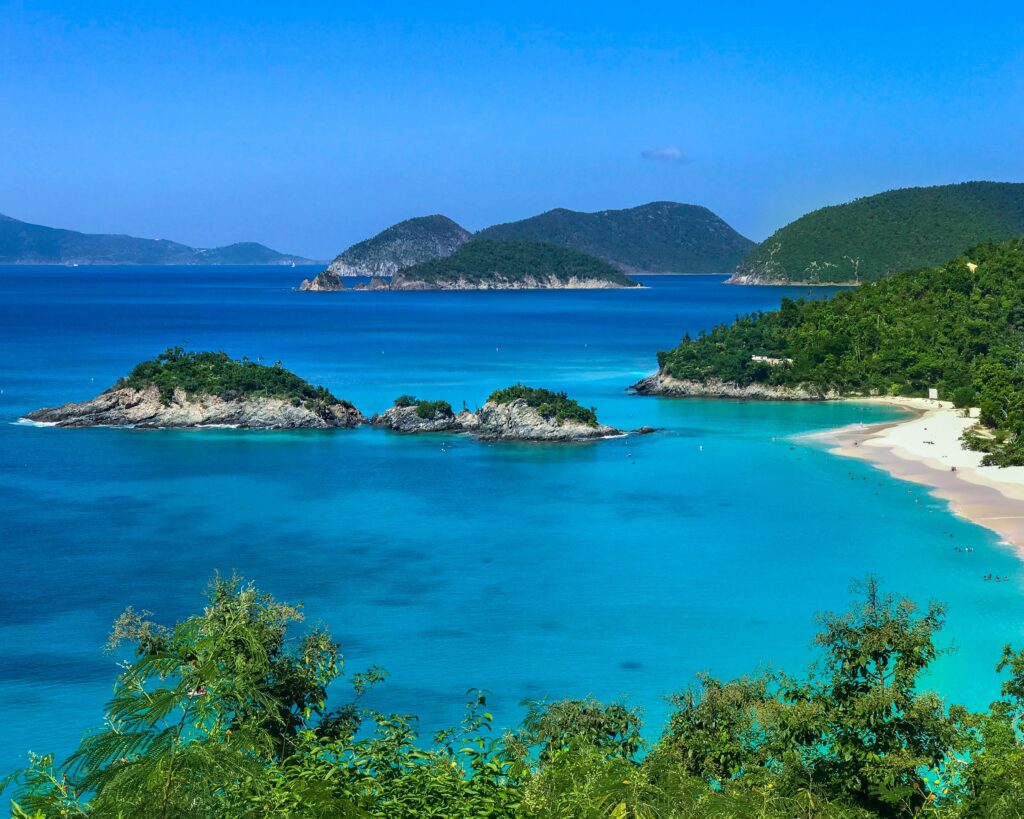
I have been recently writing again about the circular economy. My readers may remember by blog about the Beer Industry and Sustainable Water with a Cherry Stout. Well, as much as I like a cold beer, I also like to practice yoga and run on the beach. With this in mind, let’s look at how one Caribbean nation is changing to renewable energy.
First, some background. St Kitts and Nevis is a tropical two-island country in the eastern Caribbean Sea. Both of the mountainous islands were formed by volcanic activity. St Kitts is a fertile island with mainly black sandy beaches. Nevis is surrounded by coral reefs and has silver beaches. The area is well-known for its lava formations, tropical forests and lagoons and the underwater marvels seen while snorkeling or diving.
OK, that’s enough being a travel agent. What I really want to talk about is the nation’s solar-plus storage project, which upon completion, is expected to eliminate 41,500 metric tonnes of carbon emissions in its first year. The endeavor is in keeping with the nation’s participation in a United Nations Environmental Program for a Regional Coalition on a Circular Economy. It helps the nation pursue a resilient, diverse, and inclusive economic model that creates opportunities for a sustainable growth and moves away from a ‘take, make, waste’ mentality.
About the Solar-Plus Storage Project
The Solar-Plus Storage Project is a “significant milestone” for the region, helping to create a more independent energy market and reduce reliance on fossil fuels. It is a $70 million solar and storage microgrid project by Swiss company Leclanché.
The project is a fully integrated system consisting of three core components:
- 35.7-MW solar photovoltaic system (the solar field)
- 14.8-MW/45.7-MWh lithium-ion battery energy storage system (BESS),
- Leclanché’s proprietary energy management system (EMS) software
When completed, it is expected to provide between 30% and 35% of the island’s baseload energy needs for the next 20 to 25 years.
A portion of the generated electricity will meet the island’s daily peak power demand, yet I’m particularly interested in the system’s battery storage. Housed in 14 custom-designed enclosures near the state-owned utility’s main power station and adjacent to the solar field, the large-scale BESS makes it possible to meet peak demand after the sun sets.
Once completed the solar and storage system is predicted to replace more than four million gallons of diesel fuel per year. It is expected to generate about 61,300 MWh of electricity in its first year. Finally, the system is to reduce carbon dioxide emissions by nearly three-quarters of a million metric tons over 20 years.
Sustainability in the Circular Economy
It is great to see this project in the works and due to be completed by mid-2022. Leclanché CEO Anil Srivastava has said that the build “sends a strong signal to other Caribbean countries…that there is a cleaner, more cost-efficient and viable alternative to diesel power.”
Certainly, power generators around the region will be looking at the results. Recently, a group of Caribbean and Latin American states, including the Dominican Republic and Haiti, committed to ensure an average 70% of installed energy capacity comes from renewable sources by 2030.
I’m sure, like me, you’d be willing to work remotely in the Caribbean. Let’s see how this example of the circular economy plays out. Our tourist dollars are supporting a sustainable environment too!
Let’s work to sell this concept! Just as we need to sell the circular economy model in all that we do. See you in the Caribbean in late 2022.

